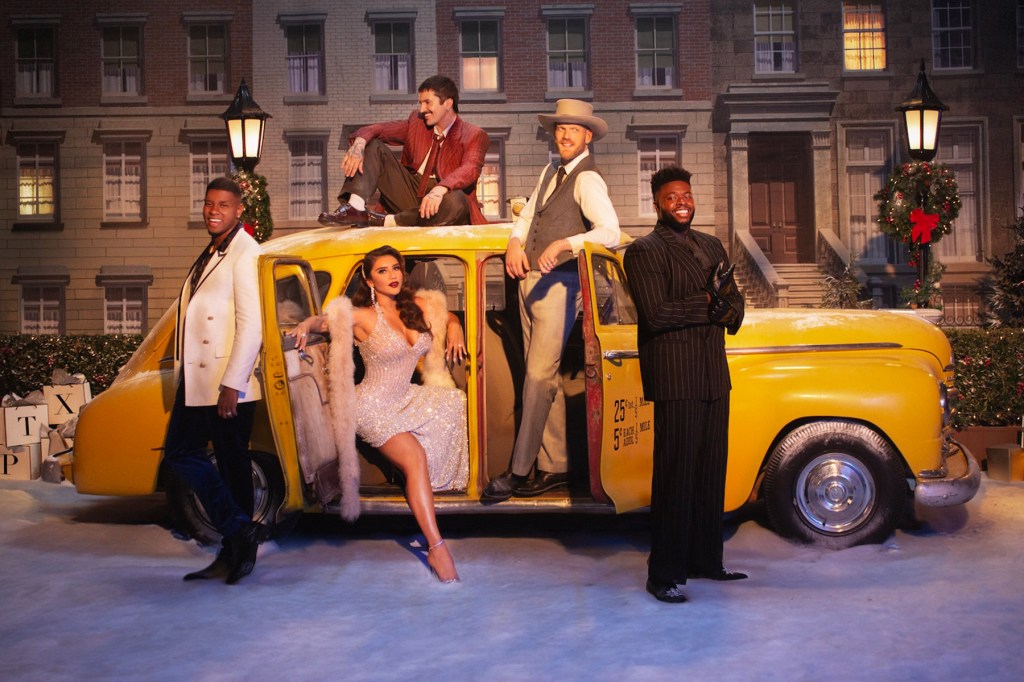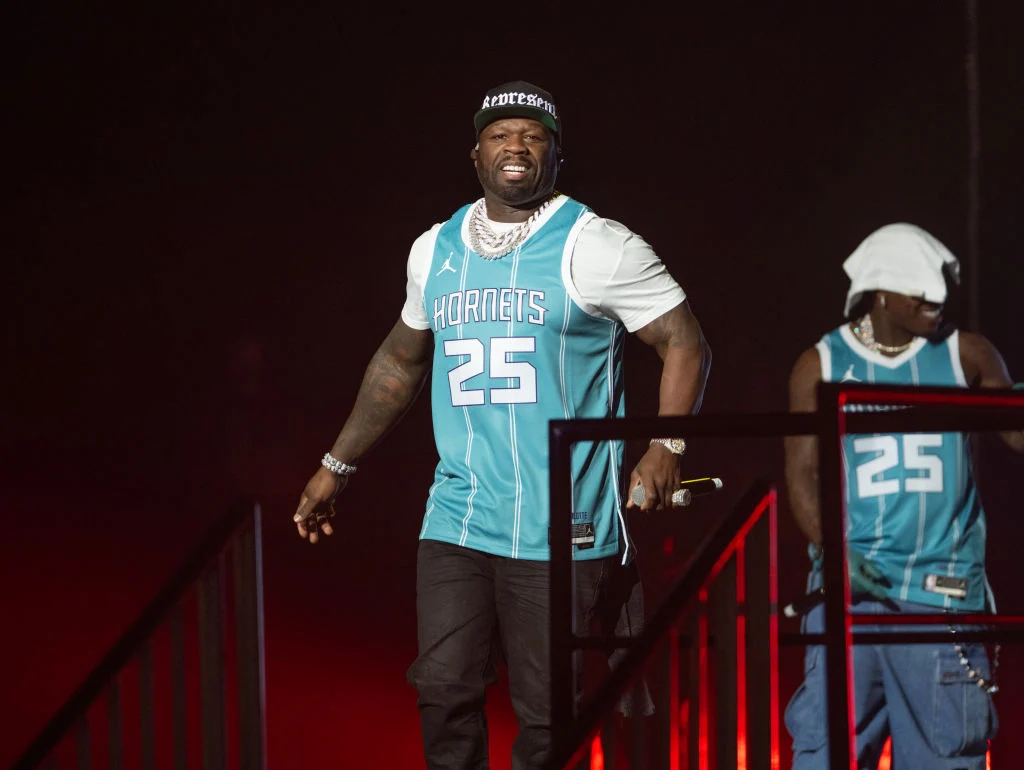Jordan Davis Talks Swinging for the Fences With ‘Bar None’
Written by djfrosty on April 3, 2025
“If you’re keeping score at home…”
Anyone who has tuned in to baseball on TV or radio has probably heard Vin Scully or Bob Costas refer to the shorthand used to keep track of the game.
In a parallel world, anyone keeping score at the tavern will understand the results in Jordan Davis’ play-by-play of a guy attempting to drown out his past: “You and your memory, one/ Me and this bar, none.” His team is behind, trying desperately to catch up in what looks like a losing battle.
When Davis — an avowed sports fan — related to “Bar None” from the outset, it was partly because it reminded him of high school athletics.
“I pitched in baseball, and I was losing a lot,” he recalls. “So this one felt right at home.”
Trending on Billboard
There haven’t been a ton of country hits centered on baseball — or even baseball metaphors — though a few exist: Alabama’s “Cheap Seats,” Kenny Rogers’ “The Greatest” and Bill Anderson’s “Liars One, Believers Zero” are good examples.
But none of that was at work in the “Bar None” backstory.
“When I brought in the general concept, I knew it was going to be about keeping score, but I didn’t have that lyric all settled,” remembers songwriter Lydia Vaughan (“If I Didn’t Love You,” “Friends Like That”). “I wasn’t having a specific sport in mind. Maybe the sport of heartbreak.”
Vaughan first considered “Bar None” as a title when she heard it in a conversation. She toyed with it, recognizing its colloquial meaning — “without exception” — but also seeing the keeping-score turn of a phrase as an interesting bit of wordplay. Despite fears that it might be too complicated, she introduced it last summer at Nashville’s Skyline Studio during a writing session with Hunter Phelps (“wait in the truck,” “Cold Beer Calling My Name”) and studio owner Ben Johnson (“Liar,” “Truck Bed”). Both her co-writers liked the concept of the score-related “bar none” hook, though Phelps was confused when Vaughan and Johnson considered employing the original meaning.
“I’d never heard the phrase ‘bar none’ before used as ‘no doubt’ or ‘with no exception,’” he says. “She had the hook of the chorus mapped out, and she said the hook, and I was like, ‘Well, that’s awesome,’ without knowing that.”
They spent perhaps 20 minutes debating the familiarity of “bar none” — Phelps even texted his wife, whose response was simple: “Yeah, everybody’s heard that phrase.” Ultimately, he trusted them and they plowed forward, with Johnson developing a fast-paced stomp-clap percussion bed to set a lighter tone.
“That’s actually what, for me, makes the song great,” Vaughan says. “It turns what lyrically is a sad, getting-over-somebody song into more of a fun drinking song, just sonically.”
Johnson devised a cascading instrumental passage for the intro, and it emerged as a signature sound for the piece.
“I actually slowed the track down about 20 beats per minute and played the riff really slow,” Johnson notes. “Then I sped it back up, and even though I played it on guitar, it kind of sounded like a mandolin or a banjo, and it gave it a cool, warbly effect.”
Verse one set the scene: guy attempts to numb his emotional pain at the bar. Verse two established the bottles on the back bar as his teammates. They purposely dropped internal rhymes (“burn,” “bourbon,” “hurtin’,” “certain”) and alliteration (“banged-up broken heart”) into key spots to create some playfulness, and they unintentionally cemented the sports theme with a mid-chorus reference to a scoreboard for the guy’s heartache. That part came with a short, melodic boost.
“Before that, the whole chorus was kind of on three notes,” Johnson says. “[We wanted] to get that part to lift up.”
When they needed a singer for the demo at the end of the day, Phelps was the best option — bar none — for a performance with a modest Lumineers vibe. “It sounds a little folky,” Phelps allows, “but it also sounds a little bluegrass, too.”
Around the time they wrote it, Davis appeared in a CMT Crossroads episode with NeedToBreathe, and he subsequently attempted to write something with a stomp-clap feel that mirrored that band’s core sound. When “Bar None” was sent his direction, he was an easy convert. “I didn’t even have to finish the entire first listen,” Davis says. “Right after that intro, I was like, ‘I’m pretty in on this.’ ”
Davis’ next album was mostly done, but he convinced MCA Nashville to let him cut four more songs, including “Bar None.” Producer Paul DiGiovanni (Travis Denning, Alana Springsteen) booked a session at Nashville’s Sound Stage with drummer Nir Z, bassist Jimmie Lee Sloas, guitarists Ilya Toshinskiy and Derek Wells, and keyboardist Alex Wright.
“That’s been kind of the hometown team for Jordan,” DiGiovanni says. They used the melody’s upper plateau on the “scoreboard” line to gauge the key, lowering it a bit to accommodate Davis’ expectation that it would become significant.
“I knew that it was going to be something that I was going to be playing for a long time and would potentially be going to radio,” he says. “I definitely didn’t want to cut something in a key that I was going to dread to see on the setlist every night. So I bumped it down a little bit, just to make those two notes on the back of the chorus a little easier to grab.”
Nir Z loosened the wire snares under his snare drum to eliminate some of the fuzz in the track’s percussion, and Toshinskiy opened his guitar boat road case to give the supporting track a variety of stringed instruments, with mandolin, banjo and bouzouki among the ream of options.
“He was like a magician [with] his hat, pulling out some crazy string thing I’d never seen before,” DiGiovanni recalls. “We kept most of the stuff, honestly. The song is driven by the acoustics of it, so it’s kind of like a wall of all these different timbres and octaves of different acoustic instruments.”
Davis was keenly aware of the “scoreboard” lines when he laid down the final vocal. “The back half of that chorus lifts pretty good,” he says. “It wasn’t super hard, other than those two lines.”
Trey Keller sang approximately 20 different harmony parts, some of which were blended with the instrumental riff to create a dreamy effect in the middle of “Bar None.” “I just knew he was going to crush this one,” DiGiovanni says.
Appropriate for a song with a sports hook, “Bar None” came up a winner. MCA Nashville released it to country radio on March 24, and with only a few days to accrue spins during the tracking period, it debuted at No. 57 on the Country Airplay chart dated April 5. Its energy is hard to ignore, but when Davis played a stripped-down version, he realized its appeal goes deeper.
“It’s not just a feel song,” he says. “It’s a well-written song. And I was excited. That was the day where I was like, ‘Awesome.’ ”

 State Champ Radio
State Champ Radio 






